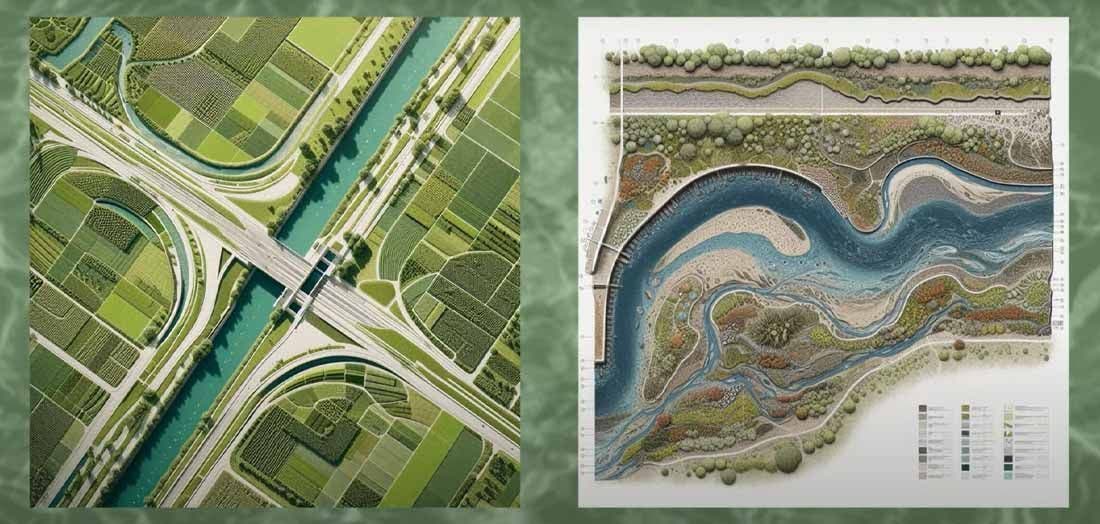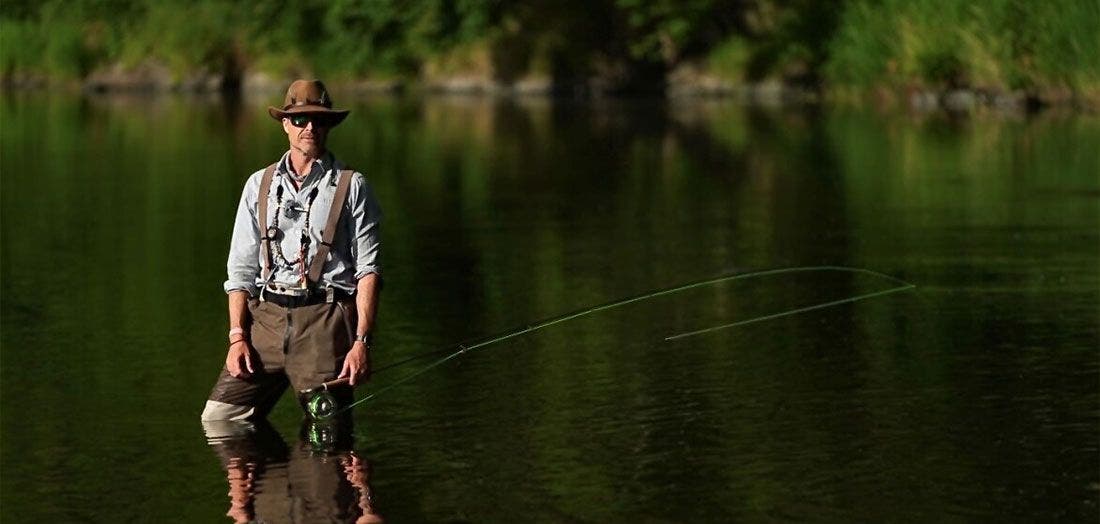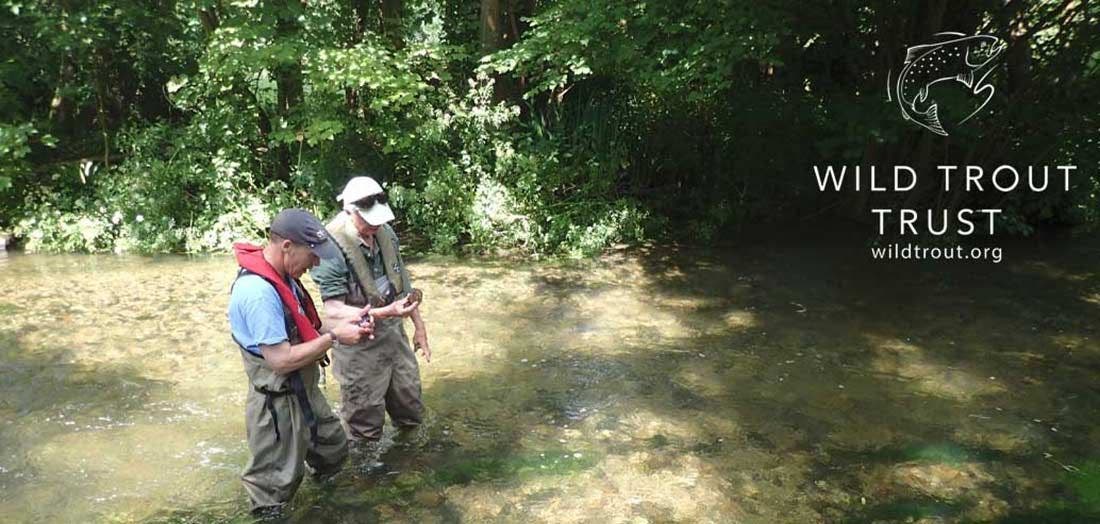As you might have read in some of our previous guest blog posts, one of the best ways of restoring our rivers to a healthy state involves making big improvements to habitat for trout and lots of other species. One of the easiest and most naturalistic ways of doing this is by adding Large Woody Material (LWM) - to mimic natural processes like beaver activity, or trees falling into the channel during storms.
WATCH: Getting More Trout in Your River
BENEFITS OF ‘BIG WOOD’
It’s a rarely-known fact that many of our rivers are functionally starved of ‘big wood’ and the multiplicity of benefits this brings – from vital habitat for trout and other fish, to slowly-decaying twigs and timber for many aquatic insects to feed and live on, thus supporting a diverse and healthy food web.




One of our most exciting recent projects to ‘make chalkstreams messy again’ took place last September on the River Kennet, in partnership with Action for the River Kennet (ARK, the local rivers trust which is another environmental charity supported by Sportfish).




PLANNING AND DELIVERY
After many months of planning, including intensive meetings on the bank with the landowners as well as Environment Agency specialists and others, WTT’s Nick Lawrence and ARK’s Project Manager Rupert Kelton devised a scheme to help the River Kennet and Prior’s Moor Ditch spill out more naturally into their floodplains, as well as improving the amount of complex woody habitat in the channels themselves.
Some of this meant using big machinery to fell big whole trees – almost 30 in total - and carefully place them along 3km of the main River Kennet and the adjoining Prior’s Moor Ditch, a chalkstream channel in its own right. In some cases, the excavator was also used to push trees off the edge of the bank, exposing the root plate and imitating the way they might naturally have been undercut by the current and toppled over.




IMPROVEMENTS FOR FISH - AND ANGLERS TOO!
As luck would have it, a storm came through a few days after our work was finished, and the impacts were visible as soon as the spate dropped back. All that extra flow sweeping round the trees’ submerged branches had blown out beautiful plumes of gravel to form clean, shallow riffles just downstream, which have now proved ideal for gravel-loving fish to spawn in.
Meanwhile, the deep scours under the fallen trees are now providing perfect refuges for fish in lower summer flows and offering complex tangles of cover to shelter them from predators. (And of course there are instant benefits for anglers as well - because all this wood creates ideal holding features where fish are likely to rest and feed!)
You can watch some of this process taking place in the video above, which also shows more detail about the different ways trees in rivers can benefit the whole surrounding ecosystem.




If you’d like to see more trees as habitat for trout and other species in a stretch of river which you manage or fish, please get in touch with us, and we’ll see what we can do to help.
Visit the Wild Trout Trust website at www.wildtrout.org to find out more.





